|
Perhaps as a nonprofit leader, I'm guessing you can relate to my challenge. I was nattering along in my head the other day about something not going right, as we all do at times! Suddenly I stopped myself, and out loud, I said, "Thank you. That's not part of the vision."
My negative mind chatter needed to change fast! The direction I was going with my mind chatter was definitely not the direction I wanted it to be going in my head or my life. Swirling down with negativity was not going to help my situation. Instead, pausing, expressing gratitude, and then reminding myself of my vision was much more helpful. I shifted my mind with this powerful statement. The statement "Thank you. That's not part of my vision" comes from the book The Ant and the Elephant, which I read last week. In this easy, quick read by Vince Poscente, he encourages us to realize the enormous potential of our unconscious mind and how that can help us lead ourselves and others. I totally recommend this book to any leader who wants to inspire and motivate their team. Don't get caught up in this trap. What happens for many of us is that we tend to focus on what's wrong and try and fix it. But unfortunately, focusing on what's wrong makes us pessimistic, which leads to frustration, bitterness, anger, resentment etc. You get the picture. It won't help you create an engaged team. Feeling negative, bitter and frustrated doesn't make you feel any better, and it certainly doesn't motivate and inspire those around you to do better. Furthermore, that kind of attitude will not engage your team; it also helps to make your employees feel connected, inspire loyalty and thus encourage retention of good employees. Instead, when you can pull in towards the vision with inspiration, you'll get a whole different response. Gratitude makes the important shift in attitude that will create engagement. Starting with gratitude is not often thought of as a tool to lead well. Sure it's a happiness booster and something we like to add for feel good extras but using gratitude as a staple in leadership is not something many of us have been taught or currently practice. But it is. Now, back to my learning from The Ant and the Elephant. Why is this statement, "Thank you. That's not part of the vision," so powerful for leaders? Let's break down each component. How to use gratitude to be a better nonprofit leader in 3 easy steps First, we have to pause First, we have to pause. Pausing helps us get out of a negativity cycle, reactionary mode and brings us back to the present moment. In addition, it evokes mindfulness, something we all need a bit more of. Second, we express gratitude. Second, we express gratitude. Thank you. The trick is that you can't be angry and grateful simultaneously. You can't be bitter, frustrated and annoyed and feel a sense of appreciation inside of you. Expressing gratitude recognizes that, while maybe we are where we want to be, there are lessons to be learned about how we got here. Perhaps we are grateful for the reminder to get out of the negativity cycle. But gratitude turns us around. Finally, we redirect our thoughts. Finally, we redirect our thoughts. That's not part of the vision. Do you have a vision? This statement reminds us that we need a vision individually and as leaders. It's an opportunity for us to reconnect to that vision and connect those around us to the vision. Remember, if you don't know where you're going, any path will get you there. Leading your team around aimlessly is not going to help you generate engagement, motivate people or inspire loyalty. So you need to know where you're going!
When you pull all these three together, you can see how important each piece is.
Pausing and starting with gratitude is not always easy. Gratitude seems too easy or too fluffy. But, gratitude is more than that. Gratitude isn't a thing. It's a feeling. It is not just an attitude of gratitude. Nor is it simply to practice gratitude. It starts with a feeling of gratitude. When I say feel, I mean that literally ⬇️ We need to feel the transcendent sensation of 🙏🏻 gratitude in our bodies. We need to feel it inside of us before we express it verbally. We need to feel it viscerally before the expression of gratitude can be genuine. And when we do this often, we create a culture of gratitude that pulls our team in, engages them and inspires them. Here is an example of the 3 steps in practice Let's imagine the employee it's a negative comment under staff meeting. You've just shared a slight shift to the new procedure. One way to respond is to get defensive and explain it again, this time a little bit louder with more emphasis. We all know how that's gonna go! Another way is to say: "Thank you for sharing your views. Your frustration shows you care. I know changes aren't always easy. However, the vision I have is that once we get through the sticky parts of the change, and yes, we may still have to make some amendments, but once we get through all of those, I'm expecting that we'll find it makes a big difference for our client's outings." Thank you! That's not part of the vision! But let me tell you what is part of the vision... Extra resources for leadership gratitude This month in The Training Library, my students are receiving a new lesson on gratitude for leaders. As a member of The Training Library, you'll receive a video lesson giving you strategies for implementing gratitude as a leader. Additionally, the worksheet students receive will take you from simply expressing "I'm grateful for..." to a whole other way of thinking about gratitude each day and applying it to your own life and your leadership. Inspiring your team - 3 steps:
0 Comments
Even for nonprofit leaders, summer feels different for most of us. The sun is shining, the weather is warmer, and kids are out of school. That, however, for most of us, doesn't mean we don't have to work.
We still need to get things done. It's just a different pace for most of us, and that slower pace gives opportunities to do other things. Last week we talked about 4 easy steps to keep your nonprofit productive on projects over summer. This week we are going to cover three things to do this summer that will make you a better leader. Three things to do this summer that will make you a better leader 1 - Clean your desk Often the clutter gathers, the piles grow taller, and the sticky notes begin to blend together. The physical clutter creates mental clutter. 👉 DO THIS: Set aside a half hour to sort through what's on your desk. This time doesn't have to be a deep dive into everything that's there, but we orient yourselves to what is there. You may create piles for these 3 areas:
Creating physical space will create mental space. If you need more mental space, read this: 3 tips for helping you create thinking moments. 2 - Read a book Whether you're a regular reader or not, make sure that you set aside some time in summer to read at least one leadership book and one nonwork-related book. Both will help you come up with new ideas, grow yourself and relax. In addition, this list will help you find some books if you're interested. 👉 DO THIS: Schedule a few minutes to order a book, borrow a book or ask for a book recommendation from someone. Here are some suggestions: Read these 6 impactful books this summer | Feel your leadership confidence grow 3 - Ask for feedback Sadly, leaders rarely get specific, helpful feedback. Summer, when it is potentially a bit quieter, is a perfect time to set up some one-to-one time with some of your employees to solicit that kind of feedback. 👉 DO THIS: Schedule some time with a few of your employees. Perhaps it's a walk in the park, sitting at the picnic table or an online call where you're both on your decks. When you create the space for a relaxed chat, it's the opportunity to ask for some feedback in a more friendly way. Here are three questions you can ask your employee to get valuable feedback:
If you are looking for more tips for feedback, this webinar may help: Gather input to reach your potential When you take time this summer to do something different to focus on your leadership development, you'll find yourself growing both personally and professionally. What else do you try to get done over the summer to help you be a better nonprofit leader? Add your ideas below so we can all inspire each other! Are you anxious about losing momentum over the summer on some key projects and initiatives that your team is working on? As employees move into summer mode, the ability to keep things rolling can be challenging and trying for leaders.
Fear not! Here are 5 ways to use summer to gain momentum rather than lose it. I'm distracted before holiday time When I am getting ready to go on vacation, the final working days are focused on tying up loose ends so that nothing unravels while I'm gone. My mind is on red flags and potential hotspots. I am not focused enough to be able to sit down and do the deep thinking that is often required on larger projects. I'm trying to get caught up when I get back Upon returning from vacation, the following days are dedicated to putting out any fires that arose, catching up on the office happenings and trying to clean out my inbox. Unfortunately, once again, I am not usually in the right frame of mind to be able to dig deep on a project. The day or two before we leave on holiday and certainly the days after we come back are often considered write-offs for most people. Combine everyone's time off, and it seems like a lost few months. Therefore when someone is away for a week, it feels like you've lost two weeks to focus on a project. Add to that the sunshine, ice cream cones and the kids being out of school as distractions, and it's even harder over summer to get anything done at the office. So it's easy to see how we can lose momentum in team projects as people alternate being away for summer vacation. A leader can choose to see summer differently As the leader in charge, it can be disheartening for you to see a project come to a standstill. However, projects do not have to get derailed over the summer. When you step back and see the gift in this shift of office rhythm over summer, you can put it to good use! Summer schedules can allow more focused project time The truth is you can accomplish a lot over summer because there are fewer distractions in many ways. In summer, there are fewer people in the office, fewer meetings and generally a slower pace. Use this to your advantage to get ahead on some of the components of the project. 5 ways to use summer to gain momentum rather than lose it 1️⃣ First, break the project down between group and individual tasks A meeting between two people can be more effective than a large group meeting. 👥 A duo can:
🙋♀️ Individually, you can:
2️⃣ Block off time to work on the project Our role as leaders is often mentoring. Therefore, summer is an excellent time to show how to get things done despite the season. Typically our calendars are less scheduled in the summer. As a result, it's easy almost to get almost lazy as we go through days. 📆 Schedule time into your calendar When you block off a set time to work on a project in your agenda, it gives you the ability to focus during those 2 hours. 🗣 Communicate your intentions Tell those around you that you are unavailable and not to disrupt you. Treat the time you have identified as if it were a meeting with another person. This not only keeps others from chatting with you but adds in the layer of accountability. By clearly identifying to others that we are working on a project, you tend to feel more motivated to stay on task. After all, if you say you are working on it, you should have something to show for it after. 🙋♀️ Get others to participate Ask participants on the team also to identify a block of time or times when they are working alone on the project. Have them identify what precisely they will be doing during that time. Ensure they commit to their part by a specific date. ✅ Keep everyone accountable Hold each other accountable for what you say you will be working on. Set conversation times with others for the afternoon when it is easier to get derailed. Perhaps meet out at the picnic table or do a walking meeting. Getting outside will infuse creativity and innovation into your conversation and give you some time to enjoy all that summer has to offer. 3️⃣ Set realistic goals for summer Start by looking at a calendar and people's schedules to determine how much time you have to work on the project over the summer period.
🖥 Put the summer plan and targets in a place everyone has access to. Having identified targets to work on keeps people motivate and on board. 4️⃣ Build in frequent review systems Review is a critical component of goal achievement. It keeps people aware, engaged and interested. Listed below are some ways to develop a review system for your team.
Get excited and lead your team to a productive summer Please don't throw up your hands now and say it's useless to get anything done this summer. Instead, give yourself a knowing smile as you:
What will you do to keep the momentum going in your summer project? Hit reply and let me know! Is it time for you to work on you? Is summer a time when you want to recommit to your learning journey, set your personal and professional goals, and get started on the next steps? You may be interested in this series of training in my membership site The Training Library "Can I interrupt you for a second – do you have a minute?"
This is the sound of productivity being shot through the roof. However, every day, we need to decide how much time we want to spend focusing on our work and how much time we want to give to our nonprofit staff. The other morning I had an interruption just as I started my workday. I bet you've had that happen to you. Just as you begin something, there's a knock at the door or a text or phone call. How do you know when to deal with or ignore the interruption? Consciously deciding when to let interruptions in and when not helps you focus on what you need to focus on when you need to, set clear boundaries, and be there for people when they need them. Learning to balance your people and your projects is a balancing act for most leaders. We need to get stuff done. We have reports to write, emails to send, applications to fill out, preparation for meetings, and all the other stuff that goes along with achieving our mission-driven work. Effective leaders learn to balance the "task work" with being in relationship with (aka being there for) the people who do our organization's client and community work. The question is: How do you know when to let the people side of your work interrupt the task side of your work and, conversely, when to stay focused on the task? My interruption My interruption this morning was from my granddaughter. School is out now. When I see my granddaughter's name pop up on my phone, I know that she's likely looking for some attention or that something is wrong. She's ten years old and home alone in the morning for a couple of hours. I answered my phone to discover she wanted to borrow some eggs so she could make herself French toast. Your interruption For you, it may be a staff that needs to look over their work, a crisis that has blown up, or somebody who wants to pick your brain. You may have a good idea of who the interruption is from and be able to use that information to help you make a decision. How I dealt with my interruption In addition to wanting to borrow eggs, my granddaughter wanted to know when I was going for a walk, and I could tell she was bored. So I told her to come over and get the eggs, and I would look and let her know when my break was later in the day so we could go on a walk together. How you can deal with your interruptions Learning how to deal with interruptions in a way that feels good to you starts when you build a framework around decisions making. Here are 3 steps to consider to help you make decisions about interruptions you can feel good about. STEP # 1 - Start by being clear with what's on your agenda While I didn't have calls scheduled for that early in the morning, I did have a project I was working on slotted into that time frame. Awareness of your agenda items is one of the critical factors in deciding whether to allow yourself to be interrupted. Scheduling in non-meeting tasks creates a meeting with yourself, a commitment and a tool for determining if you will let the interruption in. 🤔 Ask yourself these questions:
STEP # 2 - Set clear boundaries I told my granddaughter she could come over and get the eggs, but I didn't have time for a long chitchat. However, even though I set that boundary, she lingered when she showed up, and I had to nudge her out the door after about nine hugs! You've been there, right? You answer the question or deal with the issue, and then you do the typical nonverbals to suggest that the conversation is over. You even may say something like, ok, I better get back at it and yet they still stand there, ask more questions, hem and haw etc. Here's the tricky part about allowing interruptions. It's creating a time frame boundary around the interruption. 🗣 Try using these phrasesYou will need to be extremely clear on the timelines upfront and continue to communicate those timelines throughout Here's an example
The clearer you can be with your boundaries, the easier it is to hang up the phone, end the chat, or shut the door at the end of the interruption. As much as my granddaughter wanted to linger, I knew it was time for her to go as I walked her to the door. I followed up, ensuring she knew what time I had a break later and that I would message her to go for a walk with her then. I didn't brush her off. Instead, I scheduled time to connect with her when I could give her my undivided attention. STEP # 3 - Know what's important to you I had to know what's important to me, what I value Finally, it's essential to know and understand your values. Family is incredibly important to me. My granddaughters mean the world to me, but I'm also committed very deeply to the work I do for you. Balancing connection to family and deep, meaningful work has been a lifelong challenge. It's not something that comes easily, there is no quick formula, and the parameters will continually change. You, too, need to be clear on what you value My advice to you here is to be as transparent in your mind as possible. Try these two questions.
❤️ Start with verifying your values Through the Values Verification course exercises, I recognized that my top value is not family. Instead, my top value is excellence. That clarity around what is ultimately important to me helps me make these decisions more clearly. How can I provide excellent quality to you and, at the same time, be an excellent grandma? The answer is by giving quality time and attention to the project that I had scheduled for that morning and quality time and attention to my granddaughter. I had to be "excellent" in both areas If I had let my granddaughter interrupt my morning for any longer than I did, I would not have been an excellent grandma; I would've been a distracted grandma. Letting her interrupt the time I had scheduled for the project would have made me feel edgy. I would have been thinking about what I "should" be doing. I would have been trying to end the little visit multiple times, but discreetly, so she didn't feel like I was finishing it. It would have come across as icky for both of us. I honoured my value of excellence in two areas of my life by setting and communicating clear boundaries and scheduling time for both areas.
3 questions to help you feel good about the decisions you make Making decisions about interruptions like this doesn't come easily or quickly. It takes time to understand how to make these decisions more quickly. That time often comes through after-the-fact self-reflection. ✏️ Take a moment to think about your decisions in the last 24 hours.
Engaging in ongoing self-reflection helps you prepare for future decisions, communicate boundaries, and apologize when you get it wrong because we likely will more than once. Sometimes it is worth letting someone interrupt you, and sometimes it isn't Time, or lack thereof, is the biggest bottleneck for most nonprofit leaders because there are so many other demands on your time and attention beyond your core mission. There are always more things that you need to do. However, we also learn to balance what time we give time to our people and when to use it for projects. Being clear with what's on your agenda, knowing what's important to you and communicating clear boundaries will help you be both productive and create engagement with your nonprofit team! READ THIS NEXT: 3 Decision-making mistakes you may be making and quick the fixes Episode # 58 - Learn a decisive decision-making hack and how to use it - For women leaders Nonprofit Leaders | 10 important questions you must ask before your next decision |

Available on Amazon
Archives
March 2024
|
|
Leadership TRAINING for Nonprofit Leaders
Become a confident and competent nonprofit Leader: Join The Training Library membership Executive and Leadership COACHING Leadership Coaching for Nonprofit Executives, Leaders and ManagerCoaching |
PODCAST for Nonprofit Leaders
The Surviving to Thriving podcast: Strategies, systems and support to lead your nonprofit with confidence FREE RESOURCES to Grow your Leadership Skills Free Leadership Training Resources, Worksheets and Templates |
Become a CONFIDENT LEADER
|

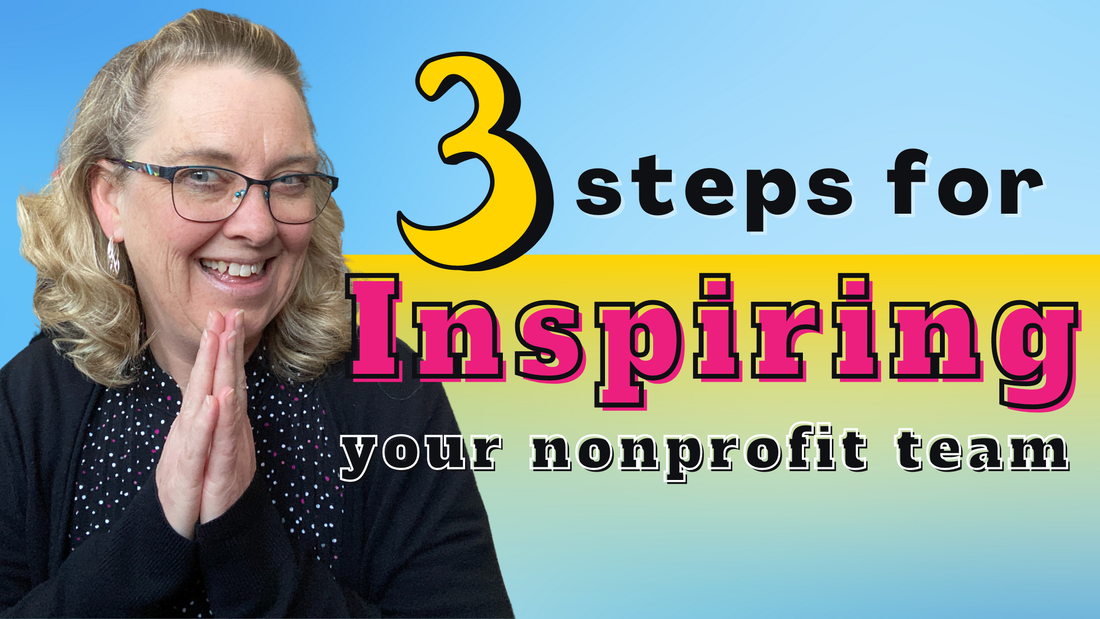
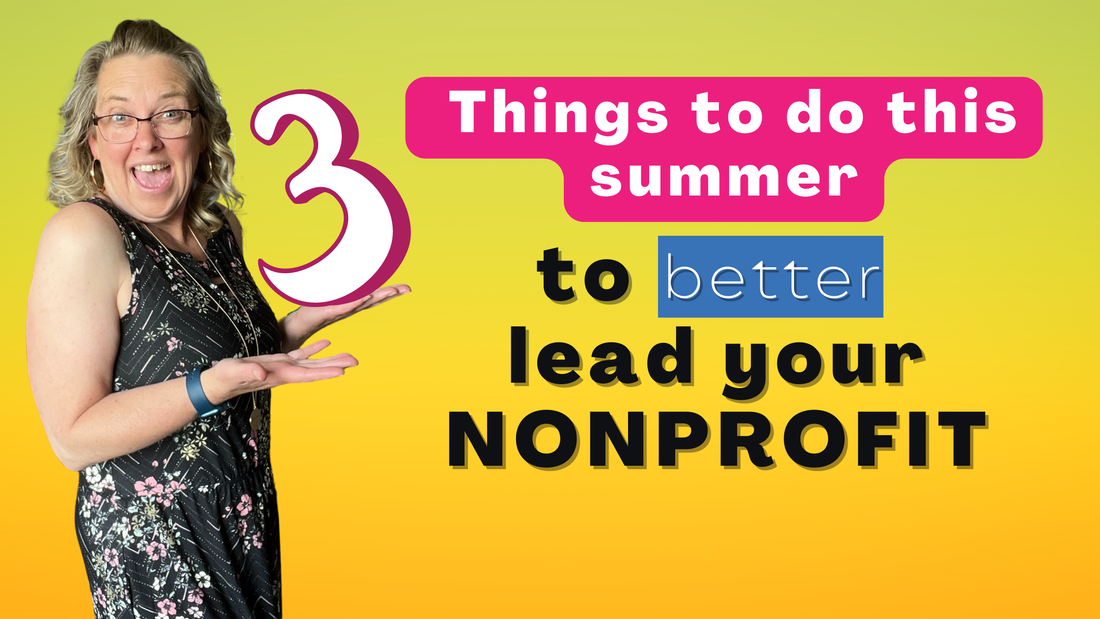
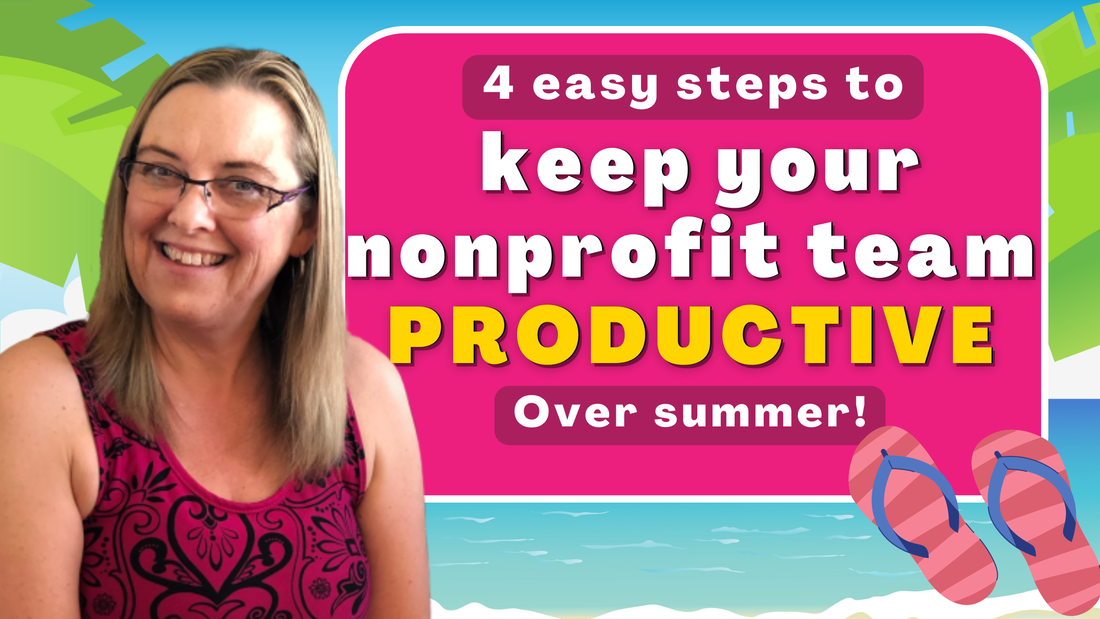
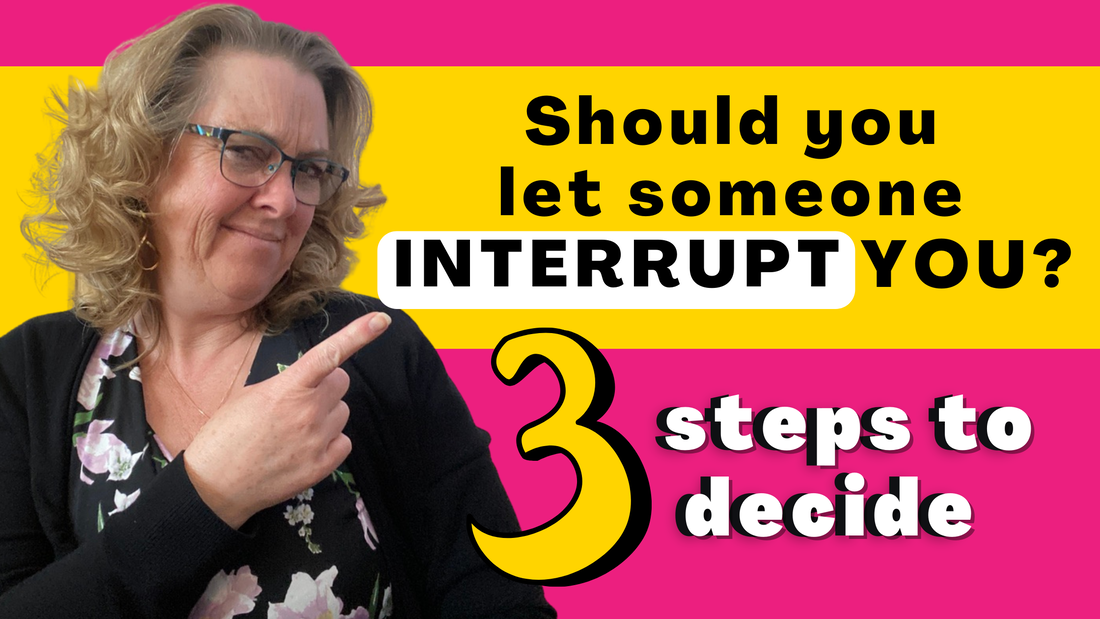

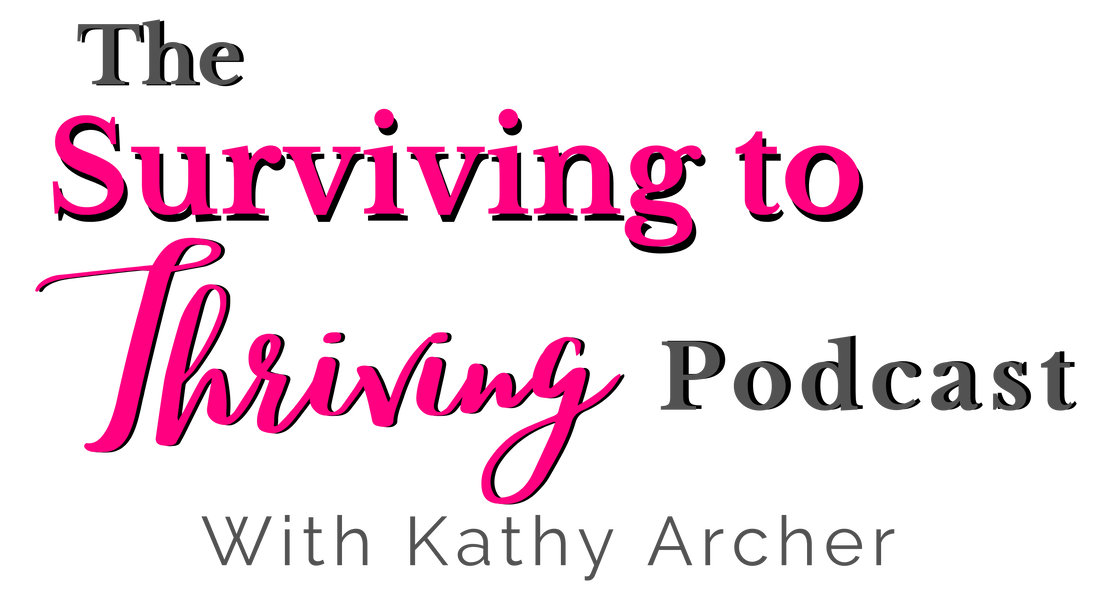
 RSS Feed
RSS Feed
